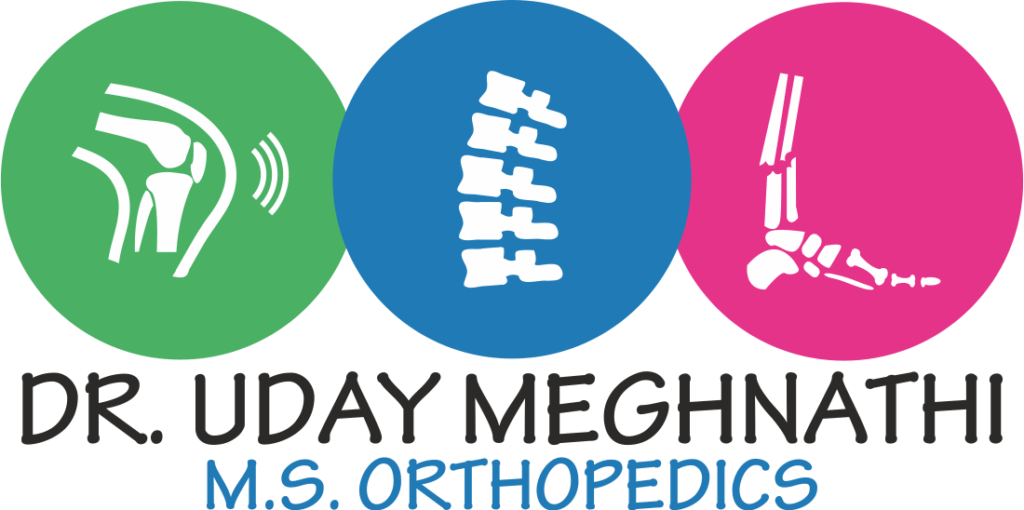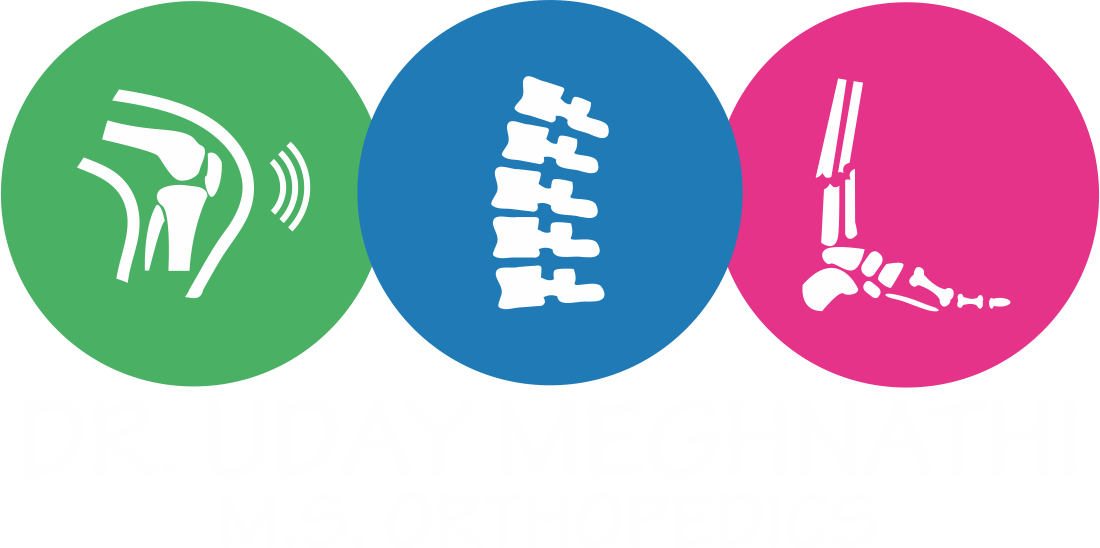Fractures are among the most common types of injuries that people face. Fractures can be caused by osteoporosis, sports injuries, falls, and accidents. Fractures are primarily divided into two categories based on the degree of injury: closed and open fractures. Closed fractures, also known as simple fractures, do not involve a break in the skin. In an open fracture, the broken bone also damages the skin, resulting in a wound. An open fracture takes a lot of time to heal and also poses a high risk of infection. In this blog, we will compare both types of injuries and determine which is more serious.
What is a Closed Fracture?
A closed fracture simply comprises an injury to the bone and does not show any signs of injury on the skin. Although the injury is internal, the skin exhibits deformities, bruises, swelling, and redness as symptoms. Closed fractures can be diagnosed by X-rays, CT scans, and MRI scans. It includes various treatment options such as
#1 Immobilization: It uses different mediums to immobilize the bone, such as braces, casts, and splints, and prevents further damage.
#2 Reduction: In case of serious damage to bone, reduction surgery might be performed to realign the bones.
#3 Pain Management: Pain relievers and anti-inflammatory medications are used in the treatment to reduce pain and swelling. Still, if pain persists, you can consider visiting an orthopedic doctor in Vadodara like Dr. Uday Meghnathi, for pain management & effective treatment.
Also Check: What Are the 5 Most Useful Ways to Care for Arthritis Problems?
What is an Open Fracture?
These are the most severe types of injuries because the bone breaks out of the skin. A part of the bone is exposed to the external environment, posing a high risk of infection and related complications. These injuries are caused by high-pressure traumas like a car accident, fall, or gunshot. The most evident sign of an open fracture is loss of blood and a visible wound exposing the bone. In such a case, visit the nearest bone fracture specialist in Vadodara. There are various treatment options, such as antibiotics, wound closure, and surgery. Both types of fractures can cause a lot of damage and escalate in severity. Understanding both kinds of injuries is therefore crucial for developing the best possible treatment plan.
Open Fractures vs Closed Fractures
Aspect Open Fracture Closed Fracture
Definition A fracture where the broken bone pierces through the skin, creating an open wound. A fracture where the bone is broken but the skin remains intact.
Skin Condition Skin is broken, exposing bone and deep tissues. Skin is unbroken; the fracture is internal.
Risk of Infection High risk due to exposure of bone and tissues to the external environment. Low risk, as the skin barrier is intact.
Severity Usually more severe; may involve extensive tissue damage. Usually less severe compared to open fractures.
Treatment Approach Requires urgent medical care, wound cleaning, antibiotics, and often surgery May be managed with casting, splinting, or surgery depending on fracture type.
Healing Time Often longer due to wound healing and higher complication risk. Generally shorter, depending on bone and fracture type.
Complications High chance of infection, delayed healing, or nonunion. Lower complication rate, but may still face issues like malunion.
Conclusion
Remember that both of the injuries are severe, irrespective of their type. Proper treatment is truly necessary for the area of injury and the associated symptoms. Understanding the fractures is important to further understand the entire treatment plan. For the long-term care of a fracture, you need to attend follow-up checkups with an exceptional orthopedic doctor in Vadodara. Dr. Uday Meghnathi is an experienced and certified medical practitioner in treating bone- and muscle-related health concerns. His clinic is staffed by competent and compassionate professionals and is fully equipped with cutting-edge medical equipment for diagnosis and treatment. Call Dr. Uday Meghnathi to book an appointment now.
Also Read: Things to Consider When the Kid Cracks or Fractures a Bone?


